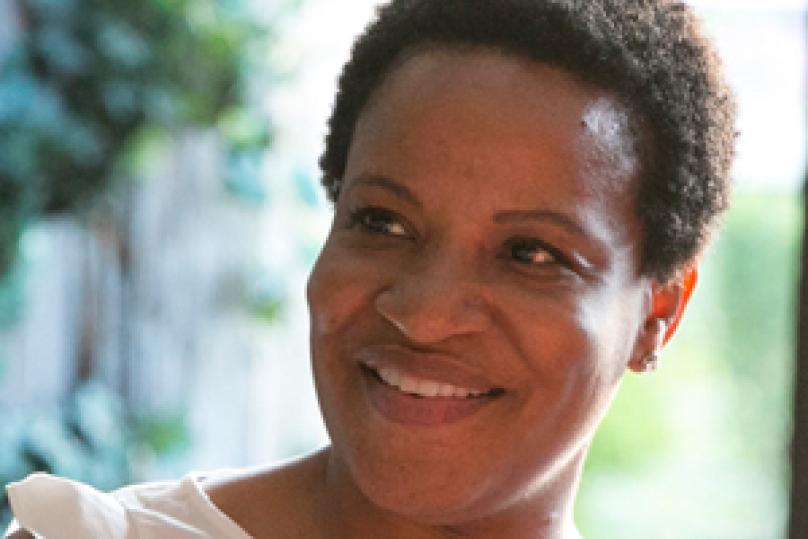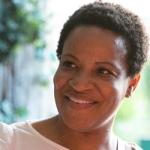
By Vielca Anglin, MƒA Master Teacher
With the new school year just getting started, my mind is shifting back and forth between curriculum planning, the impending national election and the discussion around shifting educational policy and standards. As a science teacher at a progressive New York City public high school where students are assessed via Portfolio Based Assessment Tasks (PBATs), I have a little more liberty than most teachers regarding what and how I teach my students. I am able to incorporate project-based and experiential learning experiences framed around the three-dimensions of Next Generation Science Standards (NGSS) and STEM without the constraints of worrying about a culminating standardized test. Sadly, this is not the case for many other teachers in New York City, New York State, and across the nation.
Whether focusing on the Common Core or Regents exams, there is a heightened sense of worry and unease for most teachers and students. Questions and concerns bubble to the surface.
How well will my students do? Will they pass the test? How will their scores affect my rating?
These questions push evolved educators to question if there are standards of learning that are broad enough to encompass both local and national science goals, but that will also serve as strong benchmarks for what students truly need to know in order to be successful “citizen scientists.” NGSS is the framework that attempts to address the necessary shift from the “plug and chug” one-size-fits-all teaching to the test to performance, rather than content standards, and it moves students in the direction ofproblem solving, scientific thought, design thinking, and “doing” science. Although New York State was integral in the creation of NGSS, the state has yet to officially implement or merge the standards in middle and high schools. The debate centers around whether or not NGSS is an improvement over the current standards. NGSS is viewed by some as the “dumbing down” of science education and for others it is increasing the rigor of science education with its focus on science skills that can be applied across all content.
In my practice, these new science standards are more than just a revamp of already existing standards. They identify and cluster essential science content and competencies and attempt to integrate content knowledge with practices in scientific inquiry and iterative engineering design. The standards also represent an opportunity to infuse equity into science education; they provide all students, regardless of career path, a science education that enables them to engage fully in society as informed citizens on issues such as the national energy policy, climate change, evolution, sustainability, and food justice.
As we move towards full-fledged NGSS implementation, how to empower students and inspire creativity is incredibly relevant.
There are obvious challenges with implementing NGSS in New York State, especially as we think about what to do with the existing standards. Students need content knowledge, especially in the upper grades. They also need to develop skills and understanding over a long period of time that will allow them to be able to conduct open investigations and design challenges. Despite these hurdles, it is still important to recognize the need for student empowerment and creativity when it comes to science. Educators should approach the advent of NGSS and our own lesson planning with a lens towards democratizing the experience of doing science for our students. We can increase the opportunities for student voices to be heard in our classrooms in a variety of ways. We can plan so that there is choice in what our students are learning. We can provide multiple avenues for our students to access content anchored in their own unique experiences. Creating opportunities in the delivery of curriculum that use the three dimensions of NGSS – even if it is once or twice during the school year – will begin the shift from focusing on learning that gets applied towards a test to learning that is applied to real life.
